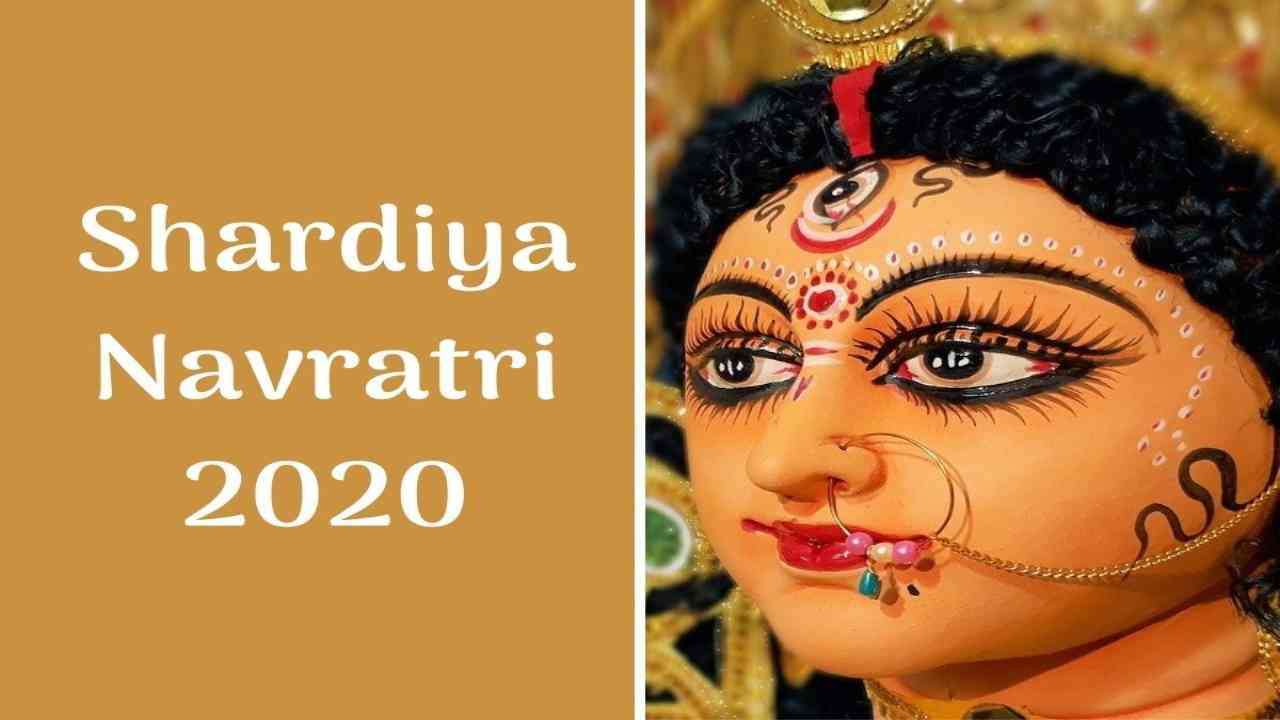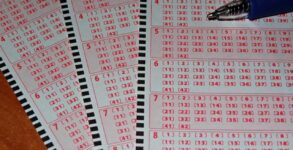Navratri is a nine-day long, auspicious festival celebrated all across India for different reasons every year. It is culturally dedicated to Goddess Durga, an exemplar of Shakti or the cosmic energy. Among all the five Navratras (Chaitra, Aashad, Ashwin, Paush and Magh) that fall in a year, Sharad Navratri is the most essential one.
Shardiya Navratri is observed in September/October as per the Gregorian calendar. The Navratri festival is widely commemorated throughout the country with zeal and enthusiasm. During this festival of Navratri, the 9 manifestations of Goddess Durga are worshipped and each manifestation of Goddess Durga signifies a distinctive virtue and is believed to accord spiritual and worldly fulfillment.
The Devi Paksha commences after the New Moon Day (Amavasya). Usually, the Devi Paksha in the Hindu month of Ashwin starts soon after the Mahalaya Amavasya. But this time, the Adhik Maas (leap month) in Ashwin has seen a delay of the Shardiya Navratri 2020.
Interestingly, this coincidence happened nearly 160 years later.
Look at Shardiya Navratri 2020 date and other important details here-
Shardiya Navratri 2020 start date
Shardiya Navratri commences on October 17
Shardiya Navratri Navdurga Puja dates
| Date | Tithi | Navdurga form/ important rituals |
|---|---|---|
| October 17 | Pratipada | Ghatasthapana and Shailputri Puja |
| October 18 | Dwitiya | Brahmacharini Puja |
| October 19 | Tritiya | Chandraghanta Puja |
| October 20 | Chaturthi | Kushmanda Puja |
| October 21 | Panchami | Skandamata Puja |
| October 22 | Sashti | Katyayani Puja |
| October 23 | Saptami | Kalaratri Puja |
| October 24 | Ashtami | Maha Gauri Puja |
| October 25 | Navami | Siddhidhatri Puja/ Navratri Parana |
| October 26 | Dashami | Durga Visarjan |
Why Navratri is celebrated?
Devotees of Maa Durga celebrate Navratri fast four times in a year and from four Navratris – Magha (winter), Chaitra (Spring), Ashadha (Monsoon) and Sharad (Autumn) – the latter is the most important.
Sharad Navratri commences on the first and ends on the tenth day of the bright half of the lunar month, Ashwin. Sharad Navratri festival is dedicated to Maa Durga and celebrated with full enthusiasm, especially in Northern and Eastern India. The tenth day is oftenly referred to as ‘VIJAYADASHAMI’ or ‘DUSSEHRA’. Sharad Navratri is celebrated in the Ashwin month or the Sharad month which indicates the beginning of winters.
The Devi Paksha commences after the New Moon Day (Amavasya) in the Ashwin month and concludes with Navami, a day before the auspicious day before Dussehra.
The festivities begin with the Ghatasthapana or Kalash Sthapana (a sacred pot). Devotees keep a fast during the nine days, spend the day reading the Devi Mahatmyaham and other holy mantras dedicated to the Mother Goddess.
Later during the evening, after the aarti, people take part in Dandiya and Garbha, a traditional folk dance performed collectively by people.
During this nine-day festival chanting of mantras, renditions of bhajans or holy songs accompany the Navratri Puja rituals for nine consecutive days.
Mythological Significance
As per the scripted details, Lord Ram worshipped the Divine power in order to defeat Demon King Lord Raavan and kill him. He proclaimed the message of Good Triumphing Over Evil.
Have a look at the Nine Days of Sharad Navratri and Rituals to be conducted:
- Day 1 – Maa Shailputri Puja – The first form of Maa Durga, Maa Shailputri represents the planet Moon. Worshipping her can help to eliminate any bad effects or omens.
- Day 2 – Maa Brahmacharini Puja – As per astrology, Maa Brahmacharini controls the planet Mars and diminishes any bad effects if worshipped with a pure heart.
- Day 3 – Maa Chandraghanta Puja – Maa Chandraghata dominates the planet Venus and offers courage and fearlessness.
- Day 4 – Maa Kushmanda Puja – Maa Kushmanda represents the planet Sun and eliminates any ill-effects in the nearby future.
- Day 5 – Maa Skandamata Puja – Maa Skand Mata represents the planet Mercury and is very compassionate towards her devotee.
- Day 6 – Maa Katyayani Puja – Jupiter planet is controlled by Maa Katyayani. She provides courage and prowess to her worshippers.
- Day 7 – Maa Kaalratri Puja – Maa Kaalratri controls the Saturn planet and symbolises valour.
- Day 8 – Maa Mahagauri Puja – Maa Mahagauri is the divine controller of planet Rahu and pacify harmful effects.
- Day 9 – Maa Siddhidatri Puja – Maa Siddhidatri dominates the planet Ketu and offers wisdom and knowledge.
Navratri 2020: Know the significance of the nine colours
Malmas 2020: Date, significance and all you need to know about Purushottam Maas ahead of Navratri

















